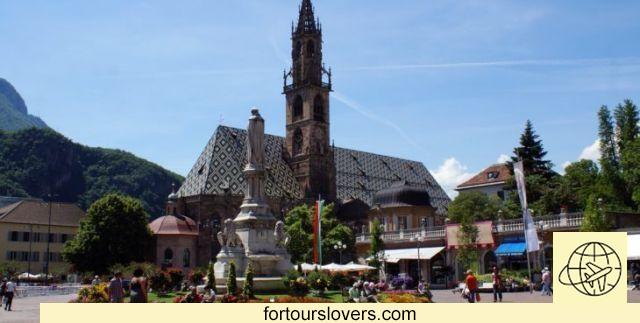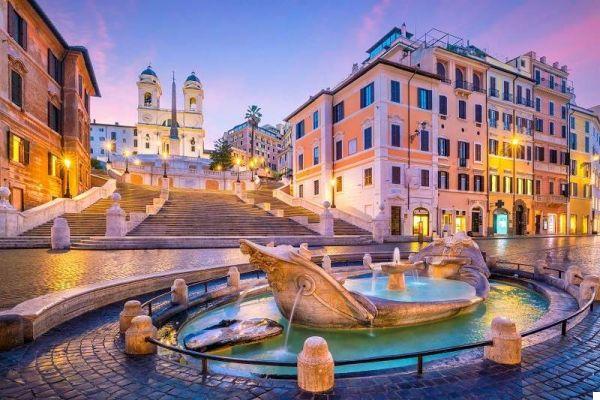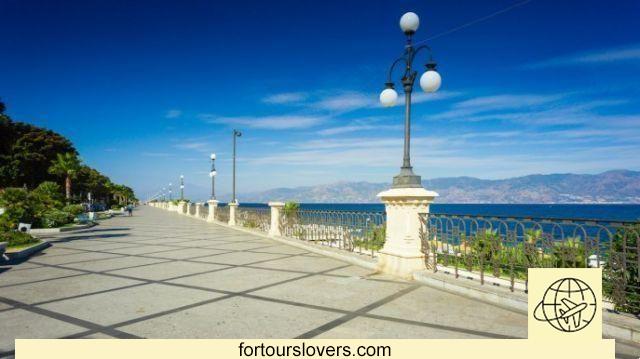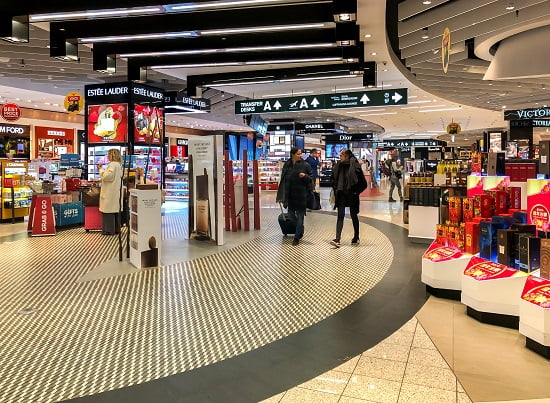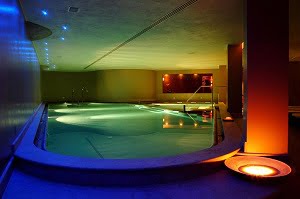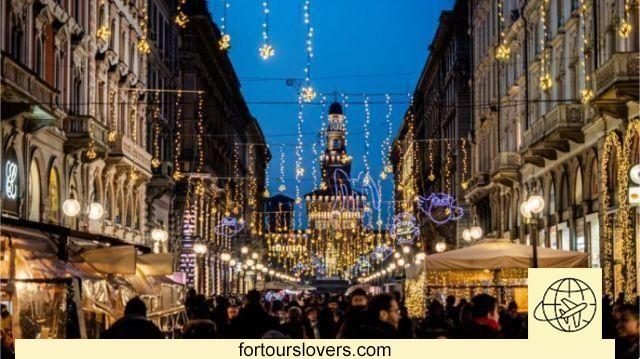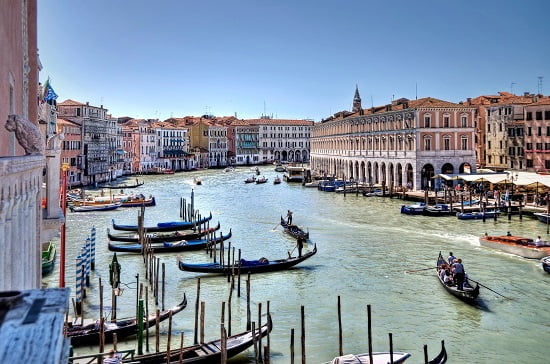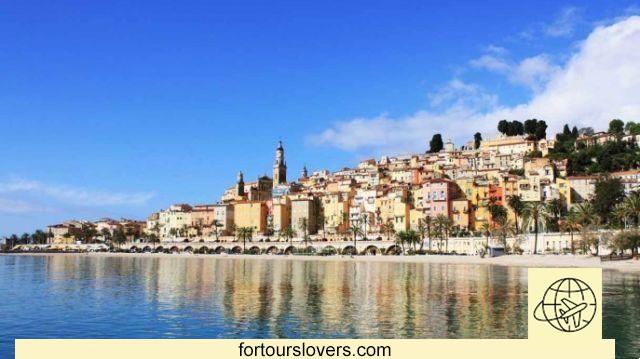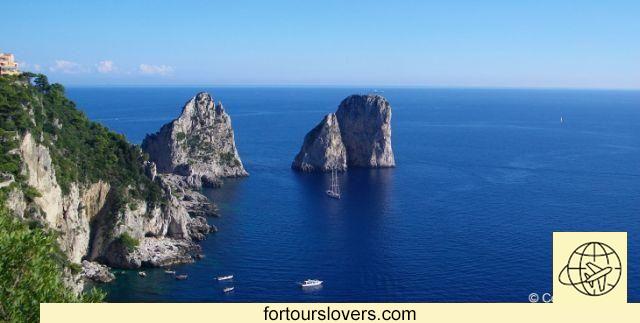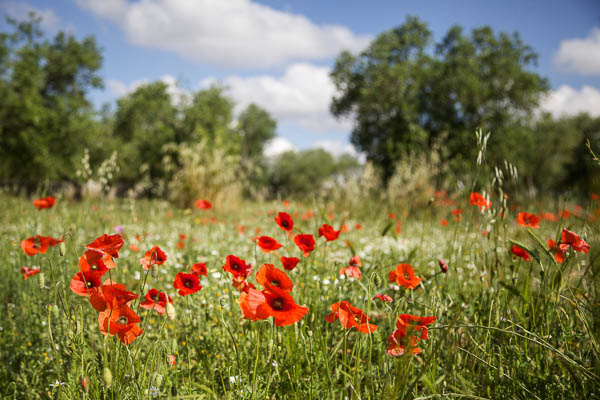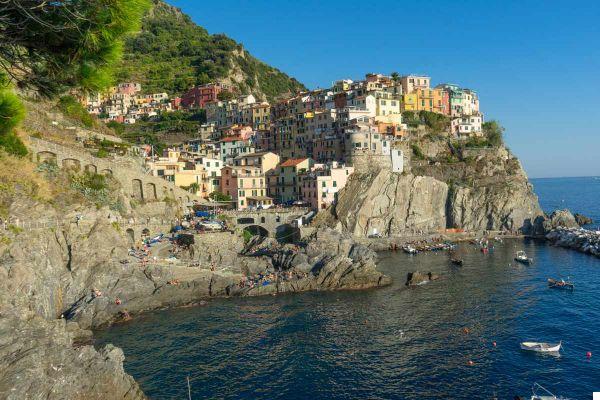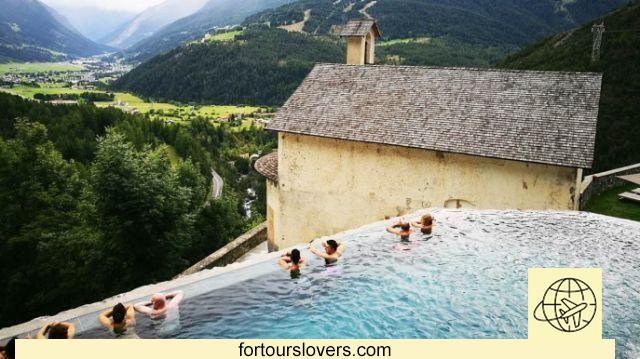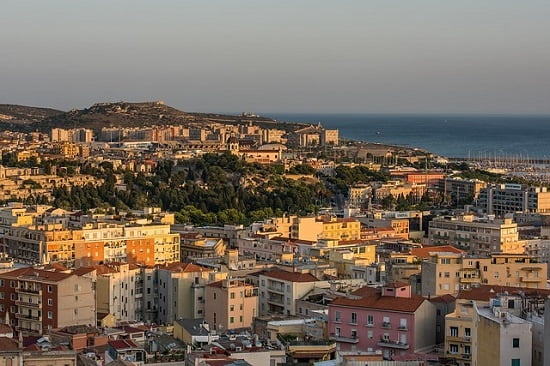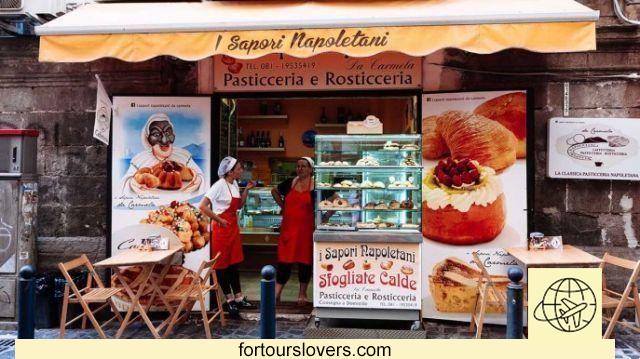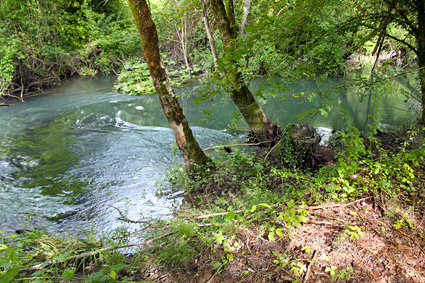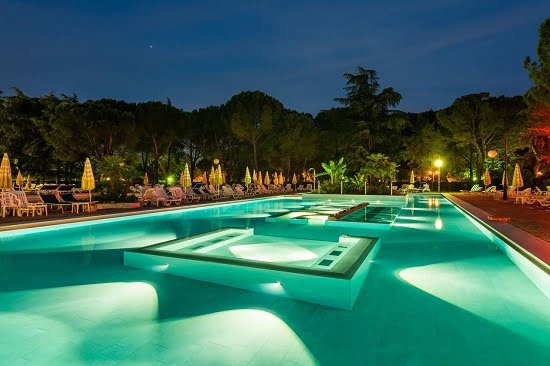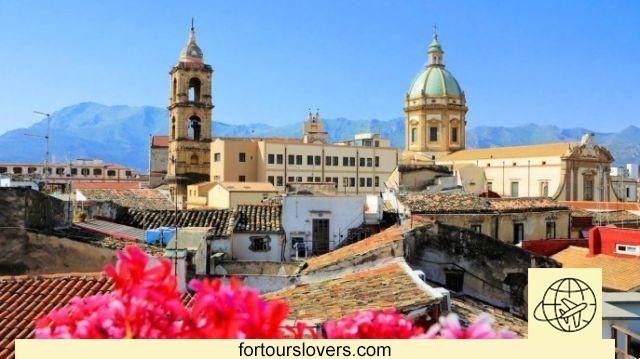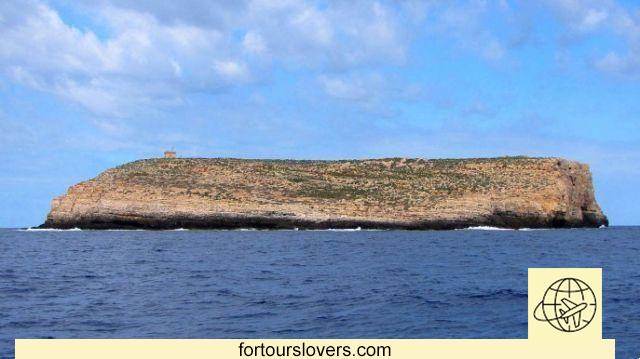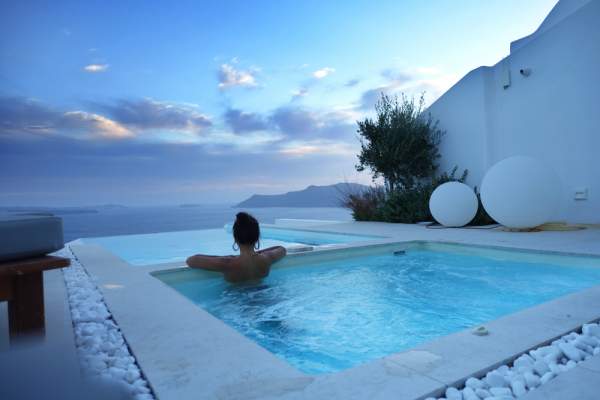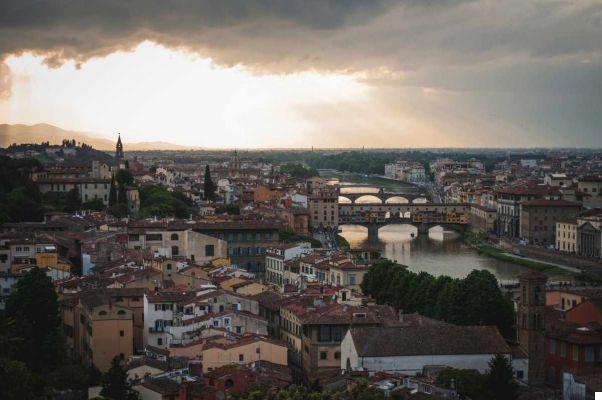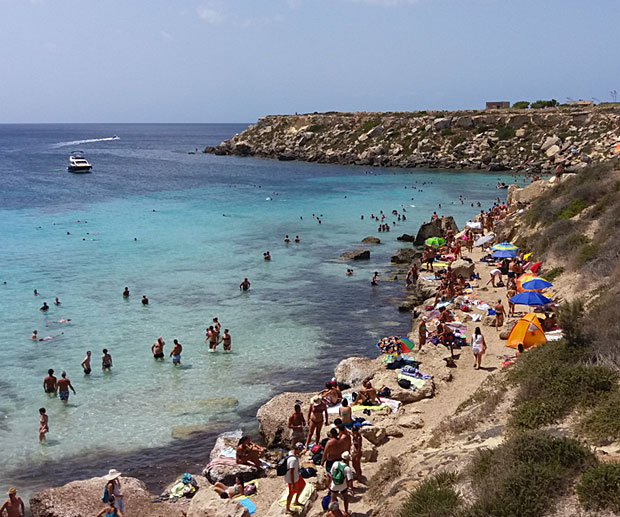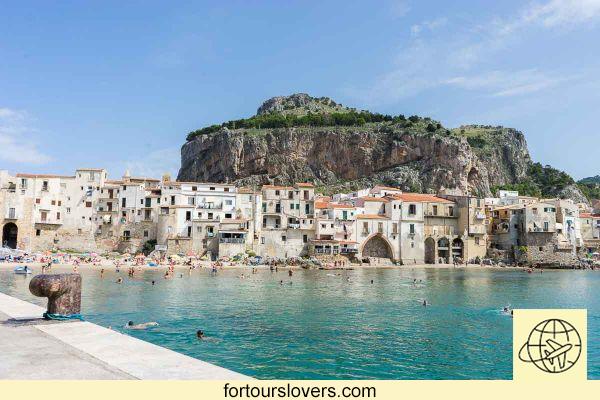
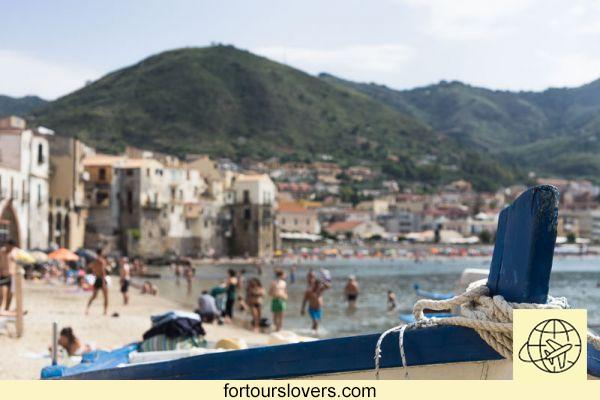
Cefalù is the ideal place to practice this healthy "sport". Its narrow streets with hanging clothes, the houses with balconies overlooking the sea, the children throwing themselves into the water from the pier, the old and unique cart with vegetables that recalls the past, the warmth and hospitality of people. Everything is in a strange balance that tourism has certainly affected but which, in some ways, seems to have remained unchanged.
Where to sleep in Cefalù?
A very nice area where to sleep in Cefalù, could be that of the beautiful Cathedral -> CLICK HERE to discover the hotels in this area. Or if you would like to stay out of the center (ideal solution if you have a car) another solution is to move towards the Giardina seafront, towards Palermo just to understand, and find an accommodation not far from the city entrance. I was right in that area and I think it's a choice with good value for money -> CLICK HERE and displays only those in the waterfront area.
What to see in Cefalù: a bit of history
Cefalù is an ancient medieval village to be preserved, so much so that UNESCO has included it within the Arab-Norman itinerary that is divided between Cefalù, Palermo, Monreale and neighboring sites.
The history of Cefalù reminds me a little of that of some cities of Andalusia where the various dominations have left their mark. This former fishing town it was also characterized by distant populations: Arabs and Normans gave their mark to the city and this is especially noticeable in the cathedral of Cefalù.
In more recent history, Cefalù was a seaside town until the middle of the last century, very tied to traditions and not very inclined to modern changes. in 1957, with the opening of Club Med a few kilometers from the historic center, Cefalù has had to deal with the passage of time and changes in society. French women in bikinis and considerably different ways of doing things were first rejected, later considered a fortune that brought Cefalù to its present fame.
What to see in Cefalù: the walking itinerary
To appreciate and see Cefalù to the fullest they serve at least two days. Cefalù is a seaside town and as in all seaside towns it is nice to take some breaks while admiring the horizon or simply the sunset while taking a swim on the beach.
1 Stage: two steps along the Cefalù seafront
To appreciate Cefalù as a whole you have to admire it from afar, with the Rocca overlooking and protecting the historic village. I therefore recommend that you start from Lungomare Giuseppe Giardina and follow it to the beginning of Via Vittorio Emanuele, basically where the houses begin.
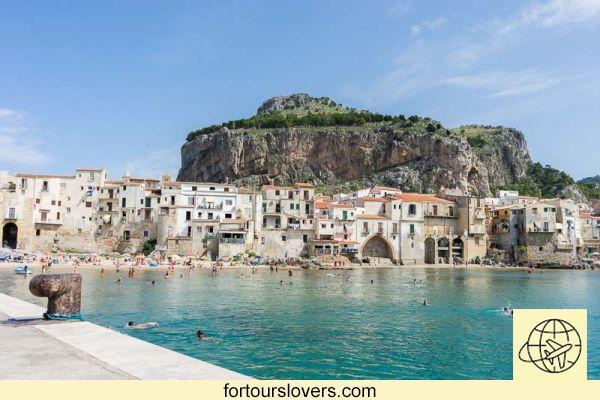
2 Stage: the former Medieval Washhouse in Via Vittorio Emanuele
The itinerary to see Cefalù continues along via Vittorio Emanuele, here you walk immersed in the daily life of the town. Perhaps this route has taken on a too touristy nuance and tourism often (and unfortunately) distorts the places. The skill of a town like Cefalù must be precisely that of do not lose their origins and their characteristics, otherwise it becomes any place.
I do not hide the fact that the souvenir shops along the main streets are too many but despite this, you can still smell that perfume of times gone by. Just look at the streets that intersect via Vittorio Emanuele to suddenly return out of the tourist flow. A myriad of clothes hanging with the Rocca di Cefalù in the background, an image that I know of everyday.
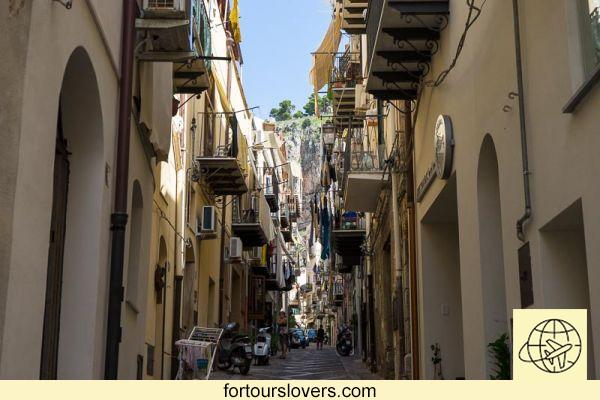
Via Vittorio Emanuele runs parallel to the sea, only the houses separate it from the waves. Between these houses, in the middle of the street, you can discover one of the places to see in Cefalù.
I'm talking about the Lavatoio Medievale which is accessed via a short staircase to "snail".
The waters of the Cefalino river flow into the wash house; you will see three steps of small tanks where once the clothes were washed, it was in effect a public wash house. The pools closest to the sea were the first wash, the central ones were the first rinse, while those closest to the source were the final rinse.
According to a legend, the waters of the Cefalino were and are very pure because it is said they were the tears of a desperate nymph after killing her beloved, holding him guilty of treason. This is the mythological explanation, the scientific explanation it is much less romantic: it is karst waters that flow between the rocks and converge where the Cefalino seems to be born, that is, a few meters away from the sea.
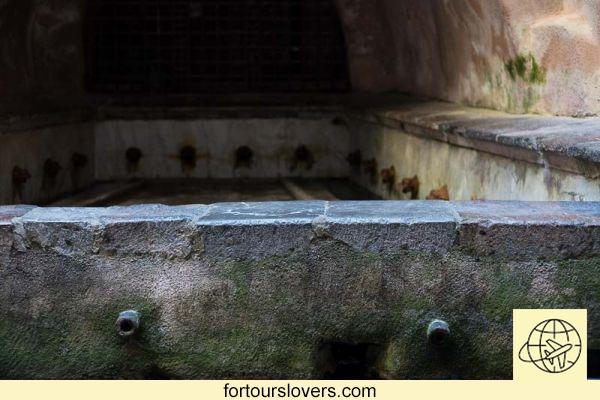
3 Stage: A photo at Porta Pescara and an arancina on the pier
Continuing beyond the wash house, you arrive at Port Pescara there will be a glimpse of the sea, a point where the photo is a must, the problem will be to find it without any person. It is simply an opening from which you can see the sea. Shortly after Porta Pescara you will find on your left Marina Square with the quay of the old port. A few benches and lots of guys ready to dive into crystal clear waters.
Council: buy an arancina and enjoy it while watching Cefalù from the pier with the Rocca in the background. Arancina + Cefalù + Rocca is the magic formula for happiness.
From the old port you can see the most fascinating part of Cefalù: the houses with balconies directly on the sea.
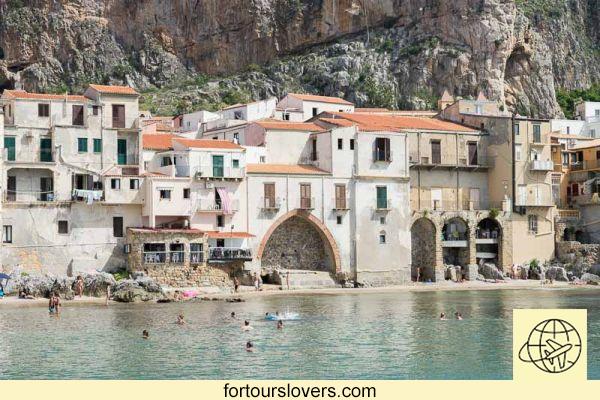
4 Stage: The Bastion of Capo Marchiafava
Follow via Carlo Ortolani di Bordonaro, after a few tens of meters on your left you will find the Bastion of Capo Marchiafava, a bulwark of defense, the northernmost of the city's fortification system. One of the most fascinating points to see in Cefalù. From the bastion, restored in the XNUMXs, you can enjoy the immense beauty of the sea.
5 Stage: The fantastic Cathedral of Cefalù
Leaving the Bastion behind you, take what is the main street of Cefalù, that is Corso Ruggero. After a few meters you will find yourself in the town hall square in front of which you can see the Cathedral of Cefalù in a slightly raised position. The facade of the Cathedral of Cefalù faces west and behind it stands the Rocca.
It was founded by King Roger II of Altavilla (a small French / Norman territory) in 1131 together with the relative diocese (in all of Sicily there are even 29 dioceses). Over time it underwent several changes and its realization did not follow the original project. The Cathedral, called the Transfiguration Cathedral, in 2015 it was included in the Arab-Norman itinerary sponsored by UNESCO and truly represents a moment of conjunction, the place where the coexistence of multiple cultures is manifested which, although different and subject to strict rules, coexisted in Cefalù.
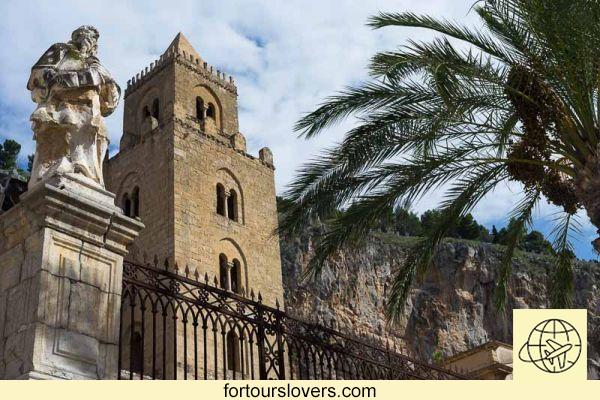
In the Cathedral of Cefalù the Arab culture and Norman culture, not forgetting the Byzantine culture to which the internal decorations were assigned through the mosaics. Just look at the two towers of the main facade, very different from each other.
Some decorations as well as the lack of glass on the windows are reminiscent of the style of the Arab Kasbahs. The vertical slits in the wall of the Cathedral are, however, a Norman feature. The Arabs were culturally cultured, the Normans a little less, let's say they preferred the physical aspect and the loopholes were necessary if it was necessary to defend oneself from inside the Cathedral.
The interior of the Cathedral is decidedly bare and this makes the figure of the Christ Pantocrator above the apse. Just think that between the two hands there are even 9 linear meters made up of thousands of squares of glass paste. Up to 150 different colors could be obtained. The beauty of Christ is impressive, moreover it is full of iconic references. Try to look at the right hand, it seems to indicate a three and a two. Yet another sign of coexistence between cultures, in this case between religious cultures: the Orthodox and Catholic cultures.
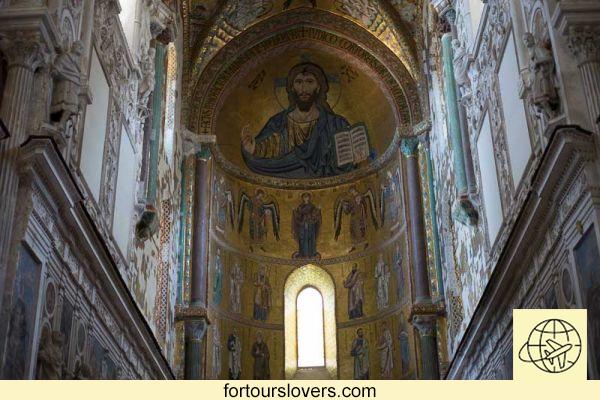
The Cathedral of Cefalù is an unfinished work, was not finished for economic reasons. For this reason the side walls are empty, there is no mosaic unlike the Cathedral of Monreale.
6 Stage: Climb to the Rocca di Cefalù
I left it for last in the itinerary of things to see in Cefalù. The Rocca represents the icing on an already perfect cake. Maybe not everyone will like to struggle to reach the top but I assure you that it is really worth it.
The ascent to the Rocca di Cefalù begins by taking the Ascent Saraceni or you can pass from Piazza Garibaldi taking Via Giuseppe Fiore and following the staircase. After a few meters you will find yourself atentrance to the climb where you have to buy the ticket at the automatic cash desk. You can pay in cash or by credit card, be careful that you don't give change. The admission price to the Rocca is 4 euros for the full ticket and 2 euros for the reduced one.
From here starts a path that climbs towards the fortress. During the climb, while Cefalù will gradually become more and more fascinating looking at it from above, you will be able to see the fortified walls, the old cisterns that conveyed the waters and the Temple of Diana.
Following the path you will arrive in a few minutes (40 minutes if not trained) to the remains of the castle. At the top of the Rocca di Cefalù you can enjoy a 360 degree view on the Sicilian coast. Simply wonderful.
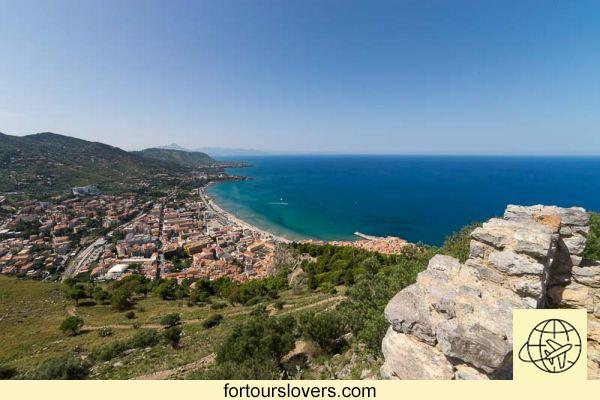
Caution: the climb to the fortress presents a difference in height of about 240 meters. This is not a particularly challenging climb even though a large part of the path is made up of rocks and gravel. For the ascent to the Rocca di Cefalù the hottest hours of the day should be avoided. In addition, I recommend suitable footwear, you do not necessarily need hiking shoes, but at least avoid flip flops.
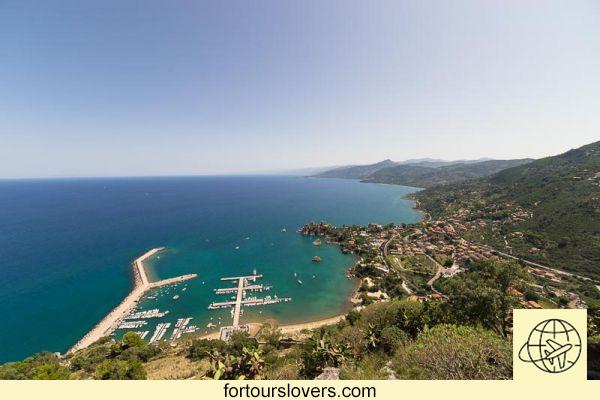
Unesco Festival Experience: enhancing the Unesco heritage of Southern Italy
This visit of mine took place on the occasion ofUnesco Festival Experience.
This festival is part of a project that aims to coordinate and make one thing unique the Unesco heritages of Southern Italy even with forms of cooperation between geographically distant points of Italy. I attended a seminar in the municipal hall of Cefalù in which various figures from local administrations exhibited the project that started in 2011 but financed only in 2016. This year (2018) is the year in which it takes shape. I have carefully read the description of the project and have noticed a lot of attention on the topic by the municipalities and all the actors involved.
I believe, and I hope, that the opportunity will be exploited and heritages such as the Cathedral of Monreale and that of Cefalù, as well as the towns themselves, can be appreciated by more and more people, first of all by their own inhabitants who, among other things, will be an active part of this project.
For more information on the project: https://www.patrimonidelsud.net/





